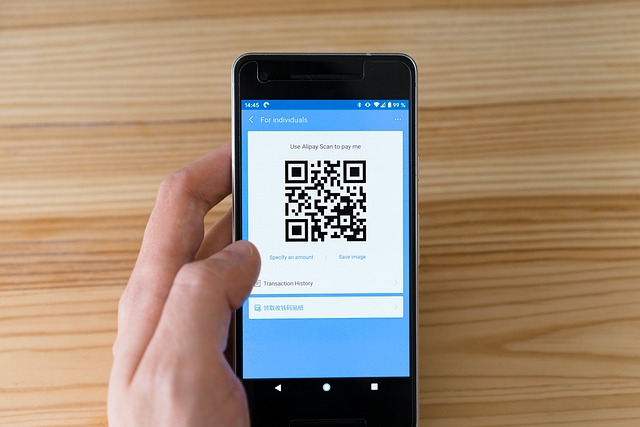XRP’s Journey and Its Influence on Cross-Border Payments
This article explores XRP’s journey from its inception to the present day, highlighting its impact on cross-border payments.
XRP (Ripple) is a decentralized, open-source cryptocurrency that has been making waves in the financial world since its creation in 2012. The project was founded by Chris Larsen and Jed McCaleb, two former members of the Bitcoin development team, with the goal of providing fast, secure, and low-cost cross-border payments.
One of the key features of XRP is its ability to settle transactions in real-time, regardless of the location or time zone. This makes it an attractive option for businesses and individuals looking to make international transactions. Additionally, XRP’s use of a consensus algorithm called the Ripple Protocol Consensus (RPC) ensures that all nodes on the network agree on the state of the ledger, providing a high level of security and transparency.
Another significant aspect of XRP is its relationship with banks and financial institutions. In 2018, Ripple announced partnerships with over 200 financial institutions worldwide, including major players like Bank of America, UBS, and Santander. These partnerships have enabled XRP to be used as a bridge currency for cross-border payments, reducing the need for intermediaries like SWIFT.
The impact of XRP on cross-border payments cannot be overstated. With its fast settlement times, low fees, and high security, it has become an attractive option for businesses looking to expand globally. Moreover, XRP’s use of blockchain technology ensures that all transactions are transparent and tamper-proof, reducing the risk of fraud and corruption.
However, XRP is not without its challenges. One of the main concerns surrounding XRP is its potential impact on the traditional banking system. Some critics have argued that XRP could disrupt the traditional banking model, potentially leading to job losses and economic instability. However, proponents of XRP argue that it can coexist with existing systems, providing a more efficient and cost-effective alternative for cross-border payments.
In recent years, XRP has experienced significant growth in popularity, with its market capitalization reaching all-time highs in 2020. This growth has been driven by increasing adoption by financial institutions and consumers alike. Moreover, XRP’s use of artificial intelligence and machine learning algorithms has enabled it to optimize transactions, reducing fees and settlement times.
Despite the challenges and controversies surrounding XRP, its impact on cross-border payments cannot be denied. As the financial world continues to evolve, XRP is well-positioned to play a major role in shaping the future of international transactions.
Conclusion
XRP’s journey from its inception to the present day has been marked by significant milestones and achievements. Its impact on cross-border payments has been profound, providing fast, secure, and low-cost options for businesses and individuals alike. As the financial world continues to evolve, XRP is well-positioned to play a major role in shaping the future of international transactions.
Advice for readers: Stay informed about the latest developments in the XRP ecosystem, and consider exploring alternative payment solutions that can optimize your cross-border transactions.
Cross Border Payments
XRP Blockchain
Ripple Protocol Consensus
Artificial Intelligence in Finance
Financial Inclusion
